*CGM uses a special sensor to measure sugar levels just below the skin known as interstitial fluid. These sensor glucose (SG) values are different from blood glucose (BG) measurements using a BG meter. Sensor glucose values should not be used to make treatment decisions. Patients should always do a BG fingerstick before they make treatment decisions.
†Battelino T, Conget I, Olsen B, et al. The use and efficacy of continuous glucose monitoring in type 1 diabetes treated with insulin pump therapy: a randomized controlled trial. Diabetologia. 2012;55:3155–3162.
‡Doyle EA, Weinzimer SA, Steffen AT, Ahern JAH, Vincent M, Tamborlane WV. A randomized prospective trial comparing the efficacy of insulin pump therapy with multiple daily injections using insulin glargine. Diabetes Care. 2004;27(7):1554–1558.
§At the time of manufacture and when the reservoir and tubing are properly inserted, your pump is waterproof. It is protected against the effects of being underwater to a depth of up to 12 feet (3.6 meters) for up to 24 hours.
¶Refers to suspend on low. WARNING: Do not use the Suspend on low feature to prevent or treat low glucose. Always confirm your sensor glucose reading using your BG meter, and follow the instructions of your healthcare professional to treat low glucose. Using Suspend on low alone to prevent or treat low glucose may result in prolonged hypoglycemia.
#The Diabetes Control and Complications Trial Research Group. The effect of intensive treatment of diabetes on the development and progression of long-term complications in insulin-dependent diabetes mellitus. N Engl J Med. 1993;329:977–986.
**For qualified persons with applicable in-network insurance and subject to CGM coverage requirements. Deductibles, co-pays, and other conditions apply. Speak to an ADS representative and your insurance company to confirm your coverage and costs.





